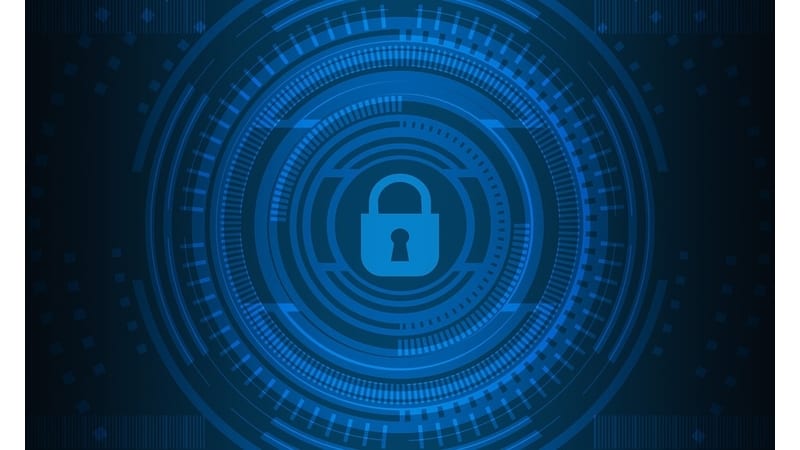The Top 5 Business SIEM Capabilities (You Need to Know)


Business SIEM can prove confounding and daunting to the enterprises seeking stronger cybersecurity. However, in the current detection paradigm, your business needs SIEM now more than ever!
We decided to share why through this list of the Top 5 Business SIEM Capabilities!
Widget not in any sidebars
The Top 5 Business SIEM Capabilities
1. Log Management
You can’t separate business SIEM from log management. In fact, log management forms the very core of SIEM and its subsequent capabilities.
Every component of your IT environment generates data, sometimes in huge volumes. This data contains valuable information such as user activity, data traffic flow records, and autonomous functions. Log management enables your enterprise to collect this information automatically; trying to collect the data manually would result in an overstressed security team and little progress.
In a security context, log management helps you identify trends and correlated events contained within the data. With this information, you can determine whether there are potential threats lurking on your network and thus take the proper steps.
For business SIEM, your log management should also lend your enterprise better environmental visibility and a search function.
2. Normalization
However, in business SIEM log management can’t function on its own. It needs other support capabilities to make it an optimal addition to your cybersecurity. Normalization is one such capability.
Even after you begin collecting log data from every vulnerable part of the network, you still need to address another challenge; namely, how to understand the intelligence it provides.
Every application, database, and device generates data differently. Moreover, each formats their data via different mediums and programs. If they do generate similar logs, the information may still appear as incomprehensible jargon.
Neither your team or AI can determine whether a security event occurred if they can’t make sense of the data. How can you solve this problem?
Good log management automatically normalizes the collected data into a format which allows security event correlation tools to parse it. Ideally, it should also offer the data in a format your IT security team can read and investigate.
3. And 4. Threat Detection and Security Alerting
These two go somewhat hand-in-hand in business SIEM, and thus it makes it easy to discuss them together.
First, SIEM often connects your enterprise and IT security team to multiple threat intelligence feeds. These keep your enterprise up-to-date with the latest information on cyber attack evolution and the most pressing threats facing businesses similar to yours.
Additionally, after your SIEM solution aggregates and normalizes the data, it can analyze it for potential threats through security event correlation. Further, many SIEM solutions possess threat monitoring, allowing it to detect cyber attacks in real-time.
When your solution detects a correlated security event, it can send your IT security team an alert prompting an investigation. This allows your team to focus their efforts on specific potential problem areas and discern whether your enterprise suffered a breach. From there, they can run your incident response plan and remediate the threat as quickly as possible.
5. Data Storage
Among the benefits of business SIEM solutions, they can help you store the normalized data, organize it, and easily retrieve it if necessary.
Of course, this helps with compliance—some information may become necessary to fulfill certain mandates. Additionally, SIEM can help you configure your data storage to prevent data breaches; plenty of accidents begin with misconfigured data storage nodes allowing hackers in without resistance. Proper data storage mitigates this issue significantly.
Of course, your SIEM solution should also include capabilities such as centralization, visualization, and scalability. If you want to learn more about these, check out our Buyer’s Guide!




















